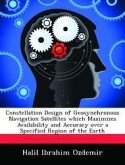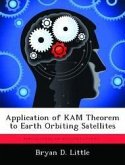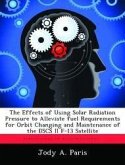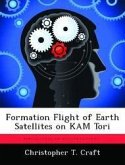The objective of this thesis is to investigate methods to improve the ability to maintain the inventory of orbital elements of Earth satellites during periods of atmospheric disturbance brought on by severe solar activity. Existing techniques do not account for such atmospheric dynamics, resulting in tracking errors of several seconds in predicted crossing time. Two techniques are examined to reduce of these tracking errors. First, density predicted from various atmospheric models is fit to the orbital decay rate for a number of satellites. An orbital decay model is then developed that could be used to reduce tracking errors by accounting for atmospheric changes. The second approach utilizes a Kalman filter to estimate the orbital decay rate of a satellite after every observation. The new information is used to predict the next observation. Results from the first approach demonstrated the feasibility of building an orbital decay model based on predicted atmospheric density. Correlation of atmospheric density to orbital decay was as high as 0.88. However, it is clear that contemporary: atmospheric models need further improvement in modeling density perturbations polar region brought on by solar activity. The second approach resulted in a dramatic reduction in tracking errors for certain satellites during severe solar Storms. For example, in the limited cases studied, the reduction in tracking errors ranged from 79 to 25 percent.
Hinweis: Dieser Artikel kann nur an eine deutsche Lieferadresse ausgeliefert werden.
Hinweis: Dieser Artikel kann nur an eine deutsche Lieferadresse ausgeliefert werden.








